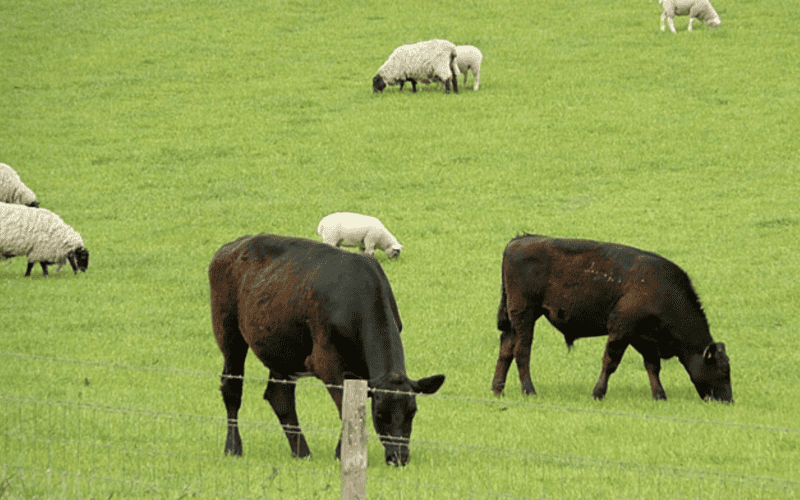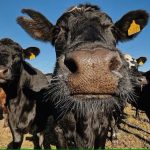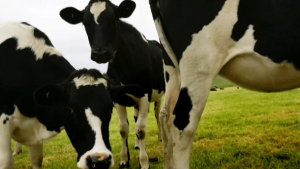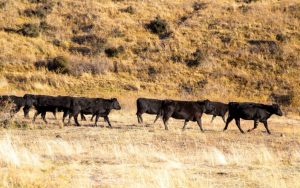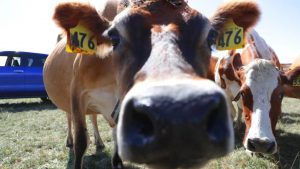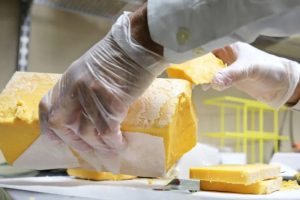
Rabobank is forecasting improved dairy and beef prices in the coming year but warns the waiting continues for a lift in sheepmeat values.
The bank’s Agribusiness Monthly report notes that the cost of farm inputs has not substantially increased as it traditionally does at this time of the year due to weak demand from the northern hemisphere, but warns that shipping disruption in the Red Sea could affect freight prices.
Rabobank is forecasting improved farmgate dairy prices as global dairy supplies struggle to build momentum, squeezing the margins of northern hemisphere producers.
However, global supplies are likely to grow by the end of the year due to low feed costs.
New Zealand milk production has not been immune to those impacts, falling 1.2% year on year on a tonnage basis, and milksolids by 1%.
“Despite the struggling milk pool growth, sluggish demand remains the key influence on commodity prices and, therefore, farmgate forecast prices,” the report says.
Demand in China remains patchy with retail and foodservice sales showing some strength through the Lunar New Year, although it is too soon to declare a trend.
Beef markets look promising for the coming year with current prices at or above the five-year average due to strong United States demand but lower than average slaughter rates.
NZ producers have had mostly favourable on-farm growing conditions this summer without pressure to kill stock early, although autumn is trending dry.
Provisional processing figures indicate the national bull kill to early February was down 4.5% and the cow kill 6.4% lower.
January beef exports by value to the US were up 12% year on year but down 19% to China, a trend Rabobank expects to continue through 2024 as Chinese demand remains soft.
“The Chinese Lunar New Year celebrations didn’t result in quite the consumption spend many were hoping for in terms of red meat consumption and, therefore, demand.”
Increased beef production from Australia and Brazil is partially offset by lower production in Europe and the US, which should benefit NZ.
Little movement is expected in sheepmeat prices in the short term, but there are signs of improvement in the second half of this year.
“We continue the subdued waiting game for price improvements. Drivers continue to be the same, competing good Australian supply and slow Chinese demand.”
Elevated Australian production continues with weekly lamb slaughter volumes up 20% year on year and 8% higher in January alone.
March production is expected to ease to more usual levels.
The one positive factor for the sector has been the mostly favourable summer growing conditions.
“With lamb prices lower than anyone would like, the need to quit stock has at least been more subdued as producers opt to put extra weight on lambs to make up for a lower price per kilogram.”
Lamb slaughter numbers were down 1.2% year on year, but with some regions becoming dry, this is expected to increase.
Some processors have announced minimum price contracts from late April to May.
“Meat processors are reporting optimism in terms of pricing lifts to global markets later in the year especially to the UK, the EU and North America, and the potential value these markets can deliver.”
Phosphate prices in January and February were stable while global supplies of DAP and nitrogen are increasing, resulting in expected price stability.
Disruption caused by attacks on shipping in the Red Sea is likely increase insurance and shipping costs, potentially impacting fertiliser and energy, which are two key commodity exports from that region.
